Permanent Exhibition
 > Exhibitions > Permanent Exhibition > Interactive Gallery
> Exhibitions > Permanent Exhibition > Interactive Gallery
Permanent Exhibition Interactive Gallery
Under the theme “intergenerational communication,” the National Museum of Korean Contemporary History has re-created scenes in this Interactive Gallery that show what times were like for various generations in modern Korean history.
The hands-on exhibits let visitors from the present to get a glimpse of how the members of different generations lived. Here is an opportunity for you to feel at least indirectly the ups and downs that earlier generations underwent, thereby broadening your understanding of the values and cultural characteristics of others who came before.
01The year you come of age
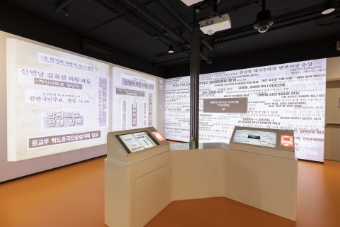
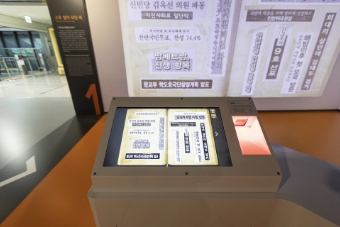
A scrapbook of newspaper clippings has been compiled containing historical scenes faced by ten different individuals who turned twenty at different times. How did the major and minor events affect the lives of people from different generations in the year of their twentieth birthday?
02Generational slogans
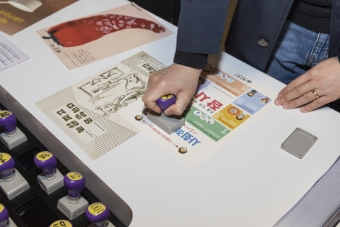
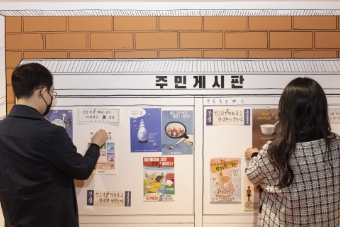
The slogans and posters reflect the social environments and demands of times past. While we mull the messages that cover the wall, why don’t we try to create some new ones that can help society?
03Eating in yesteryear

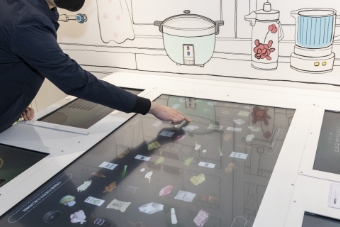
Various dinner scenarios have been laid out to reflect changing times. Here is a chance to contemplate a meal set in front of you. Let’s try to think about what lay in people’s hearts in these different time periods.
04Health comes first
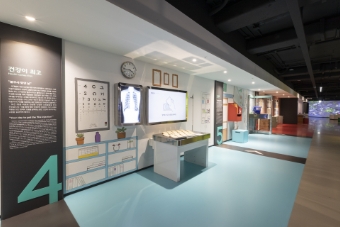
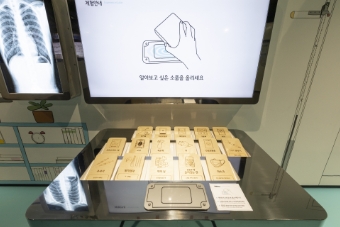
Assembled here is a collection of items that symbolize public health, sanitation, and medical treatment at different times. It provides you with a look at how public health policy has evolved in Korean society from Liberation in 1945 to the present day.
05Emergency calls
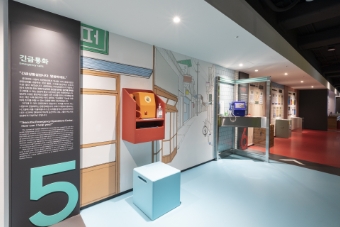
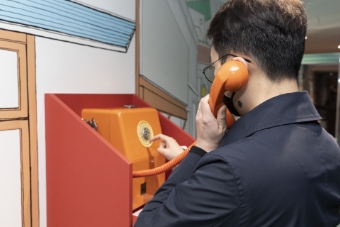
Here, you can see two public telephones, which provide a link to some time in our past. The receiver was pressed against the ear when making or receiving a call. They recall the voices of users when great incidents or accidents occurred, gripping the entire nation in fear, or at historic moments in modern Korean history.
06Every vote is important

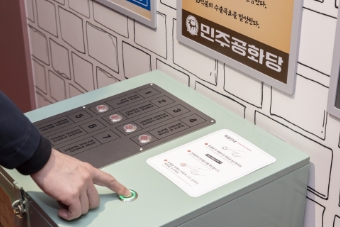
We went back to the Presidential elections of 1956, 1967, and 1987, and verified the public promises made by each candidate. Before confirming the various aspects of the candidates and the political parties to which they belonged, let’s examine the public promises to infer the kind of candidates they were.
07To the children
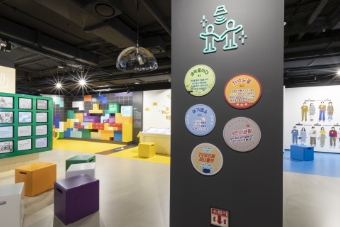
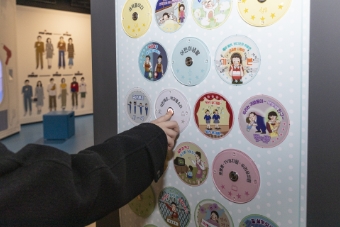
The speaker conveys various sounds that were either made for children or have children taking direct part in their making. The content and style differ by generation, but the view is maintained that children represent society’s darlings and hope for the future.
08Records of events that day
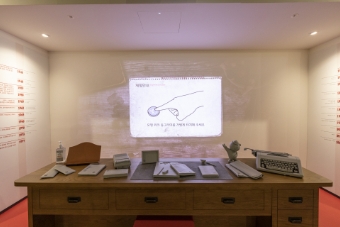
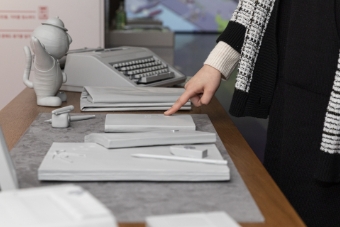
Written documents of all kinds are part of the historical record, to include personal diaries, business notebooks, letters and brief, off-the-cuff memos. Sometimes, trivial records of everyday occurrences become important keys to understanding historic events.
09I, the test-taker
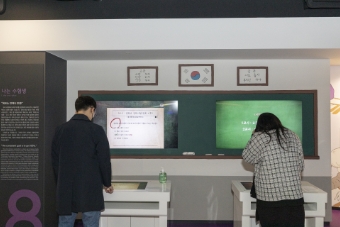
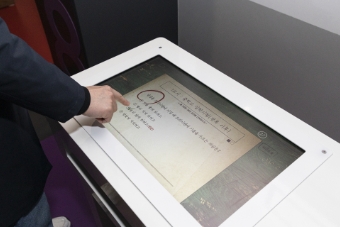
Examinations are always a source of great anxiety. So how were the examinations that you have taken? Was it easy to get the right answer? Try answering the problems while remembering the pressure in your school days to always ace the examinations. And cheating is not allowed!
10The plaza where the people walk together
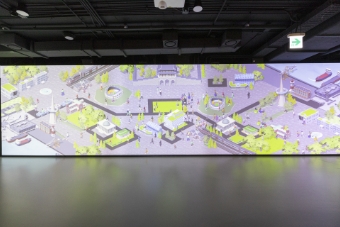
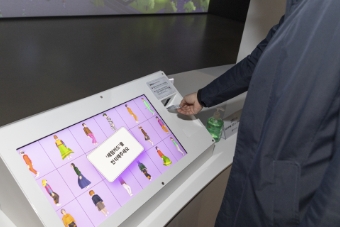
Many different plazas have served as important stages in modern Korean history. Now we are entering a plaza. What is the scene there? What voices can be heard on that plaza? You are welcome to join the crowd there.
11Accumulating the “specs”
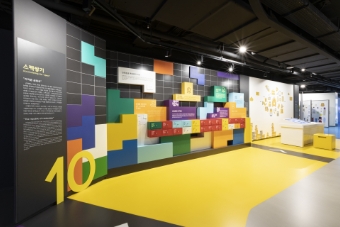
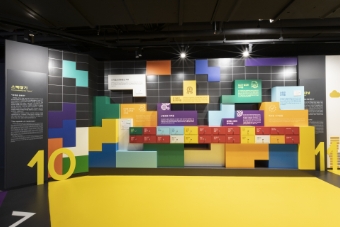
The “specs” and credentials required by Korean society have changed over time. Here we look at the situations in each generation and the reasons behind the popularity of certain credentials in each generation as well as the kinds of work that such credentials allowed the holder to perform.
12Payday
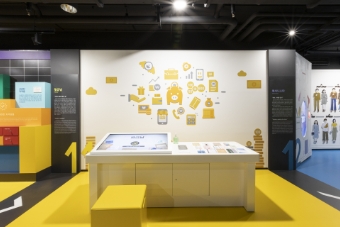
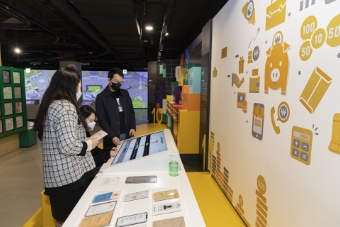
Production, consumption, and utilization are all part of the economy, and these activities are necessary in our everyday lives. Put aside the economy as a fixed idea; you can infer to some degree the economic flow generation to generation through the money people made and spent in their everyday lives.
13La, la, la
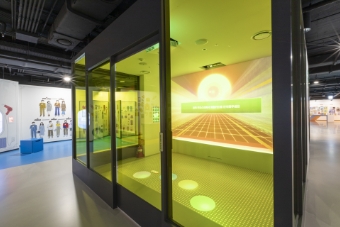
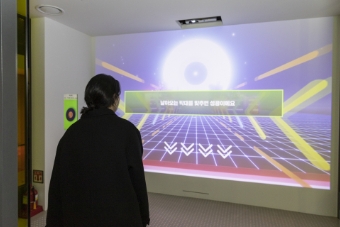
Popular songs that gripped the nation, grassroots activist songs full of generational sentiments, or even songs handed down as an oral tradition—the melodies in our heads can be enjoyed as a rhythmic game. Forget your everyday worries and cares for a moment while you sing and dance.
14Broadcast schedule
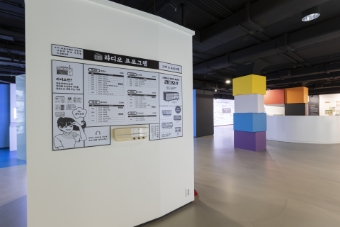
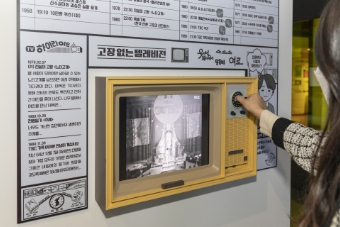
In the golden days of radio, listeners enjoyed turning the dial to different stations. Black-and-white TV came on the scene like a magical box, even though just a few channels were on the air. Next, color TV made its debut with families crowded around to television set watch. Each of these eras had programs that “we loved back then.” Dial in your memory antennae.
15Fashionistas
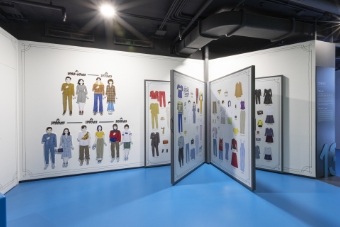
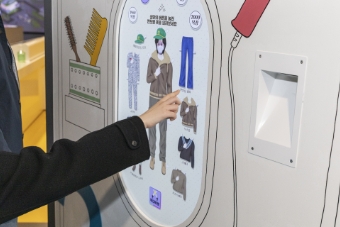
Here is a paper doll game to illustrate fashion that reflects the character of a given time period. Get ready for the unusual experience of playing fashionista in another era.
16A personal snapshot of life
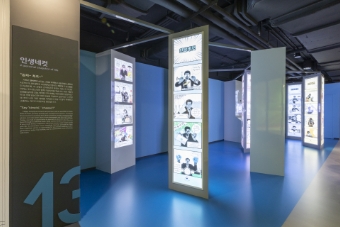
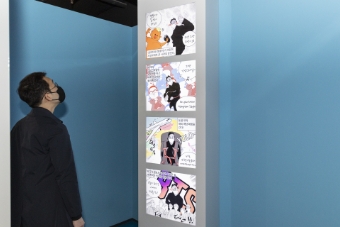
Today, you had an opportunity to experience what other people have lived through in different times. What scenes remain in your memory? If you could fill four snapshots with those scenes, what images would you like to remember most?